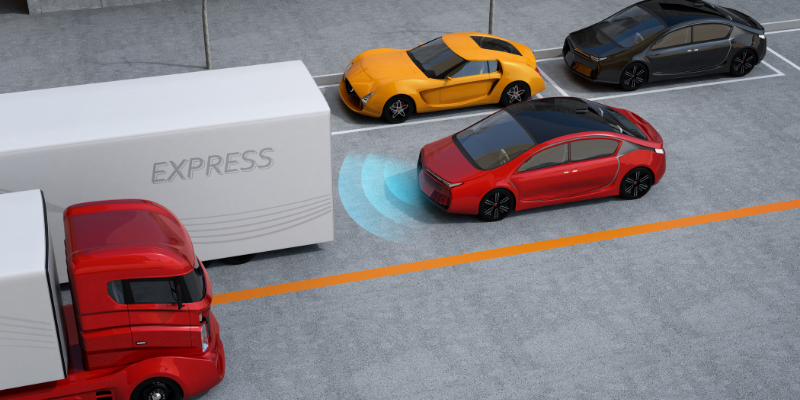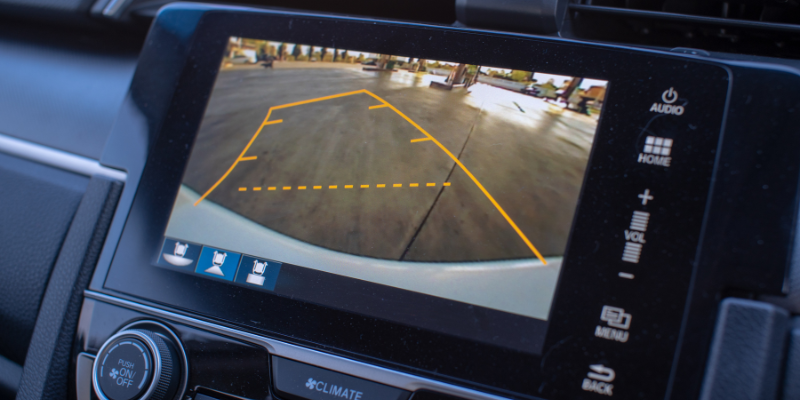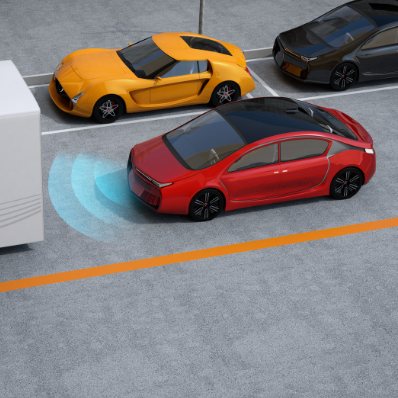Reverse Automatic Emergency Braking (AEB) systems are designed to enhance safety while backing up, but recent testing conducted by the American Automobile Association (AAA) reveals that they are not foolproof. This article provides an overview of the test findings and offers recommendations for drivers to maximize their safety awareness.

How Does Automatic Emergency Braking Work?
Automatic Emergency Braking systems use a combination of sensors, cameras, and radar to detect potential collisions. These systems continuously monitor the road ahead and can detect vehicles, pedestrians, and other obstacles. When a potential collision is detected, the AEB system alerts the driver through visual and auditory warnings. If the driver fails to respond, the system automatically applies the brakes to either prevent the collision or reduce its severity.

Testing Reverse Automatic Emergency Braking (AEB) Systems Performance: Evaluating Cross-Traffic and Pedestrian Scenarios
AAA engineers conducted tests to evaluate the performance of reverse Automatic Emergency Braking (AEB) Systems in two specific scenarios. They examined how the systems performed when a driver backed out of a parking space into the path of an oncoming vehicle with an adjacent parked car obstructing the way. Additionally, they tested the systems with a stationary child pedestrian behind the vehicle.
The tests utilized four 2023 model-year vehicles, including the Hyundai Tucson Hybrid Limited AWD, Lexus RX350 Premium, Mazda CX-30 2.5 Turbo AWD Premium Plus Package, and Volkswagen Tiguan 2.0T SEL R-Line. During each test run, the test vehicle remained in a parking space while the driver held the reverse position with the brake pedal. The subject vehicle approached from a simulated nearby lane, reaching a minimum speed of 15 mph at 200 feet from the test vehicle’s right side.
In the backing-up scenarios involving a vehicle crossing behind the test vehicle, the reverse AEB systems automatically applied brakes in 65% of the test runs. However, they only prevented a collision in 2.5% of the test runs. When a stationary child pedestrian was present, the reverse AEB systems applied brakes in 75% of the test runs and prevented a collision in 50% of situations.

Recommendations and Driver Awareness: Proper Utilization of Reverse Automatic Emergency Braking (AEB) Systems
To maximize the effectiveness of AEB and enhance safety on the road, drivers can take the following steps:
- Maintain Proper Sensor Function: Regularly clean the sensors and ensure they are free from dirt, debris, or ice. This will help maintain optimal sensor performance and prevent false alarms.
- Stay Alert and Engaged: AEB is not a substitute for attentive driving. Always remain focused on the road, anticipate potential hazards, and be prepared to take control of the vehicle if necessary.
- Adapt to Weather Conditions: Be aware that adverse weather conditions can affect the performance of AEB. Adjust your driving behavior accordingly and maintain a safe distance from other vehicles.
- Understand System Limitations: Familiarize yourself with the specific capabilities and limitations of your vehicle’s AEB system. This knowledge will help you make informed decisions while driving.
- Regular Maintenance and Updates: Keep your vehicle properly maintained and up to date with software updates. This ensures that the AEB system functions optimally and incorporates any improvements or bug fixes.
Frequently Asked Questions (FAQ)
Q1: Can I rely solely on Automatic Emergency Braking to prevent collisions?
A1: No, AEB is designed to assist drivers and not replace their responsibility. It is crucial to remain vigilant and actively engage in safe driving practices.
Q2: Are all AEB systems the same?
A2: No, AEB systems can vary in terms of their capabilities and performance. It is essential to understand the specific features and limitations of your vehicle’s system.
Q3: Can AEB detect pedestrians at night?
A3: Some AEB systems have enhanced capabilities for detecting pedestrians at night, but it may vary depending on the vehicle and system. Refer to your vehicle’s manual for specific information.
Q4: Can I disable the AEB system if I find it too sensitive?
A4: Most vehicles allow drivers to adjust the sensitivity of the AEB system or temporarily disable it. However, it is recommended to consult your vehicle’s manual or contact the manufacturer for guidance.
Q5: Is AEB effective in preventing rear-end collisions?
A5: Yes, AEB has shown to be effective in reducing the severity of rear-end collisions. However, its effectiveness may vary depending on the specific circumstances of the collision.








